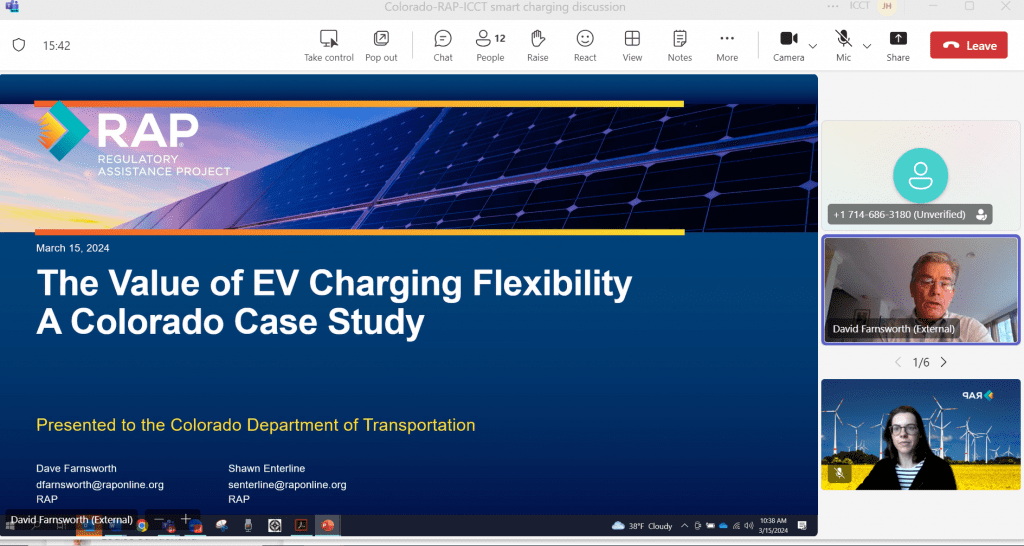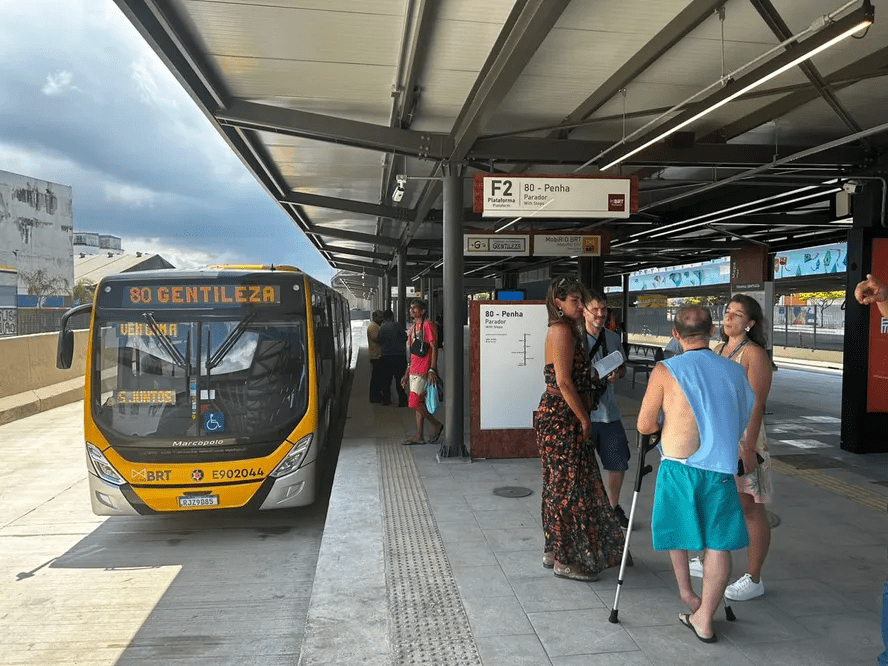Appliances

New policy will boost rooftop solar in India
India’s Bureau of Energy Efficiency has launched a new efficiency labeling program for grid-connected solar inverters, a device that converts direct current electricity, which is what a solar panel generates, to alternating current electricity, which the electrical grid uses. This technology plays a pivotal role in the ongoing transition to distributed renewables, serving as both an alternative and a backup to grid power. The new efficiency program was developed with support from CLASP, and marks another milestone in India’s broader appliance efficiency regulatory framework, which now encompasses a total of 38 appliance types. This policy will also support the prime minister’s rooftop solar program, which aims to bolster solar power adoption and foster sustainable development by outfitting 10 million households nationwide with rooftop solar power systems. The policy is projected to save 21.1 billion kWh of energy, preventing 15.1 Mt of CO2 emissions by 2035. The program will not only benefit household finances, but also boost India’s solar industry.

Buildings

Groundbreaking research enables data-driven building decarbonization in Indonesia
A major research project spanning 11 cities in Indonesia marks a significant leap forward in transforming the country’s buildings sector. Running for 18 months, the GBPN-led project collected valuable insights into tailoring energy-efficiency solutions to local regions and established the country’s first building energy consumption baseline. The new data will give policymakers the confidence they need to set ambitious targets. GBPN will use the new energy consumption database to assist the Ministry of Public Works and Housing in implementing the national buildings decarbonization roadmap. Armed with valuable insights garnered from the extensive research, GBPN experts will now help the government translate findings into actionable plans tailored to each city’s unique context. Already, two of the 11 cities researched, Tangerang Selatan and Balikpapan, launched net-zero building action plans in March that will begin to be implemented this year.

Industry

Testing their mettle: Agora Industry shows which technologies can (and cannot) clean up steel
The steel industry is responsible for up to 8 percent of global carbon emissions each year. As part of an ongoing exploration of ways to decarbonize the steel sector, Agora Industry examined eight potential breakthrough technologies to cut CO2emissions. Most steelmaking plants around the world will need to be refurbished this decade. Picking the right low-emissions technology to replace existing coal-based methods will be crucial for manufacturers, as they will be making big investment decisions that have to pay off over decades. Going down the wrong route could result in significant stranded assets if the steel produced doesn’t comply with future emissions limits. Agora’s analysis concludes that retrofitting existing coal-based facilities with carbon capture and storage methods poses the biggest economic and environmental risk. By contrast, scrap and hydrogen-based methods of steelmaking hold the biggest promise for companies aiming to make the switch this decade. Swift deployment of the most promising technologies can help sharply cut global emissions.
Power

Analysts forecast ~32 GW of installed renewable energy capacity in South Africa by 2030
Agora Energiewende’s International Network of Energy Transition Think Tanks partner GreenCape has published its 2024 market intelligence reports identifying key developments in renewable energy, energy services, and electric vehicles in South Africa, as well as the most promising investment opportunities in key renewable energy sectors. Each report includes new online sections highlighting key developments and achievements, the key players, legislation and regulation, and the market opportunities and challenges, as well as funding opportunities. The reports are published in partnership with the UK’s Partnering for Accelerated Climate Transitions program. Between 2012 and 2021, GreenCape’s intelligence reports are estimated to have informed roughly $3 billion in new investment in the green economy, creating around 20,000 direct jobs.


Joint RAP & ICCT EV grid integration project showcases major savings opportunities
To overcome major bottlenecks to transportation electrification, RAP and ICCT are analyzing the value of “smart,” or managed, charging of passenger and heavy-duty electric vehicles (EVs). This project will show how EVs can be integrated into electricity grids at the lowest cost and with the highest benefits for consumers and the environment. In mid-March, RAP and ICCT teams met with state energy officials in Colorado—the focus of the project’s U.S.-based case study—to share findings:
- Colorado could save up to $900 million in overall system costs by utilizing smart charging for passenger and heavy-duty EVs.
- The savings generated from flexible residential EV charging would be enough to pay for Level 2 chargers for all households in Colorado.
- To help consumers benefit from cost-saving opportunities, Colorado should develop customer-focused programs and complementary tariffs like cost-reflective rate design.
Colorado’s officials expressed great interest in the study. They’ve shared the results and policy recommendations with the state’s utility commission and other key policymaking entities. RAP and ICCT are continuing to advance this research in China, Europe, India, and the U.S., where smart charging is being elevated as a key element of transportation electrification. Additional policy solutions, based on case studies and modeling, are forthcoming—stay tuned!

Urban Mobility

Debut of TransBrasil BRT in Rio de Janeiro Expands Sustainable Mobility Options
Avenida Brasil is one of the most important thoroughfares in the city of Rio de Janeiro. Running nearly 60 kilometers, it is used by more than 800,000 vehicles every day and is a major connector of people, goods, and services in the metropolitan area. The traffic conditions along the Avenida contribute significantly to the city’s emissions while also compounding the challenges of accessibility and road safety. To address these issues and encourage more public transit ridership along Avenida Brasil, the TransBrasil Bus Rapid Transit (BRT) system debuted this spring after almost a decade in development. ITDP Brazil has been supporting the development of better BRT in Rio for years, providing technical support and policy guidance to help the city plan for a BRT system that ensures both connectivity and equity for the communities most dependent on public transit. The corridor debuted with 20 stations and is expected to serve upwards of 250,000 people a day, with the potential for future expansion.

Vehicles and Fuel

Electric vehicle charging at multi-family homes in the United States: barriers, solutions, and equity considerations
In the coming years, the EV market in the U.S. is poised to expand beyond “early adopters” to include much of the population. While this is a promising development, barriers to convenient home charging prevent equitable access to charging for the nearly one-third of U.S. households that reside in multifamily homes, like apartments. As the EV market evolves, access to affordable and convenient charging is imperative to ensure EV drivers living in multifamily homes are not reliant on more expensive, less convenient public charging options. In a paper published this April, ICCT researchers examine barriers to charging at multifamily homes in the U.S. and survey possible solutions and best practices for overcoming such barriers. To underscore the importance of expanding EV charging in closing socioeconomic and demographic gaps in EV adoption, the paper also highlights selected equity implications for policymakers, regulators, and multifamily housing residents as they weigh charging options.

